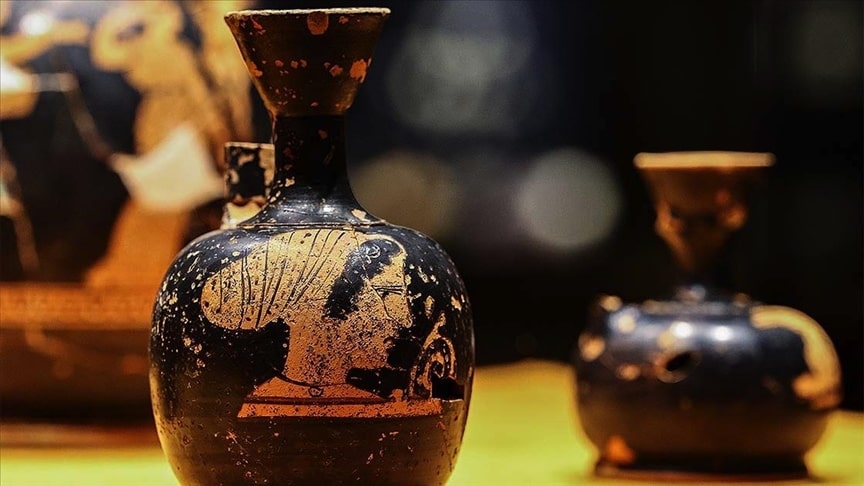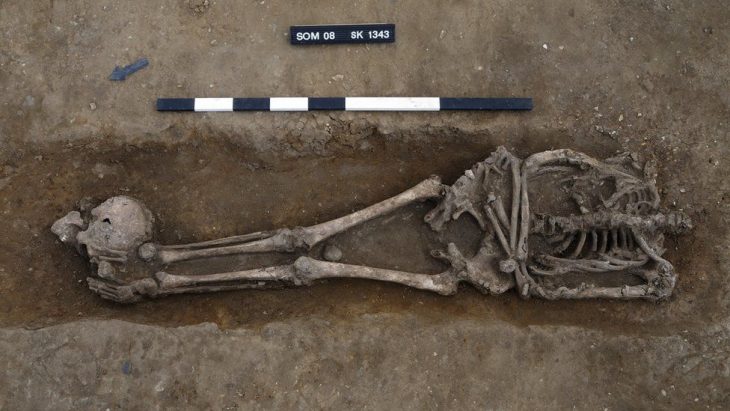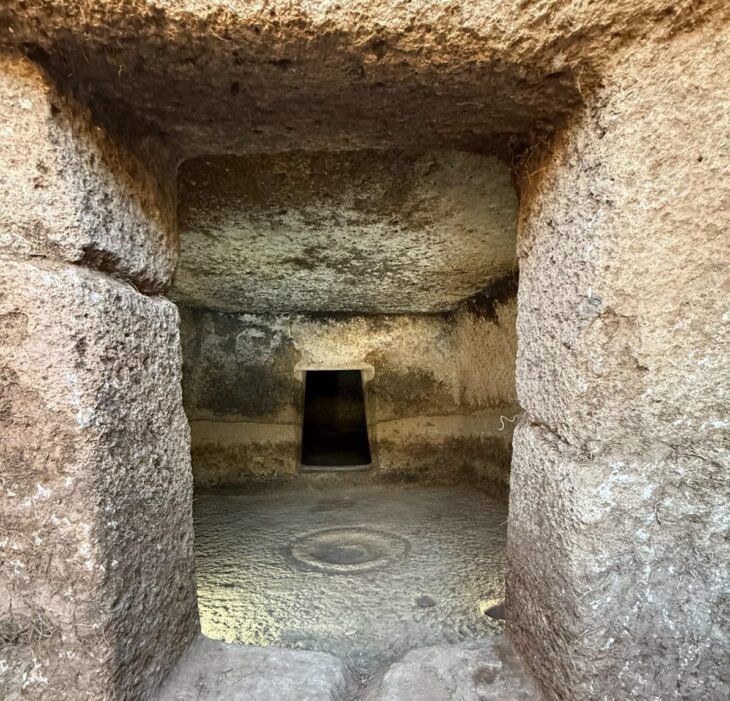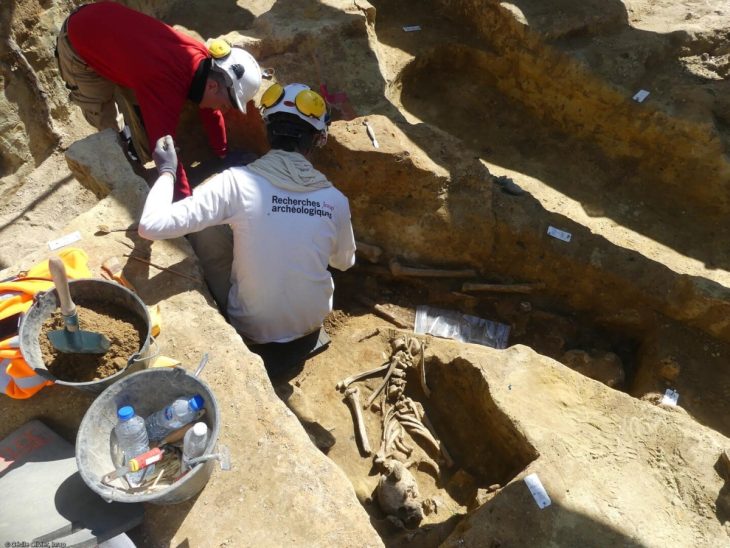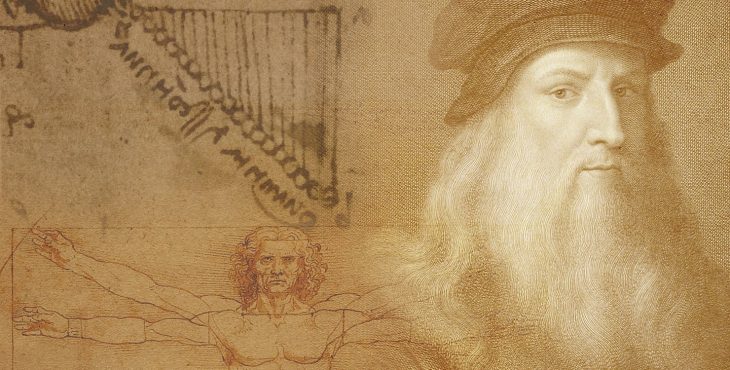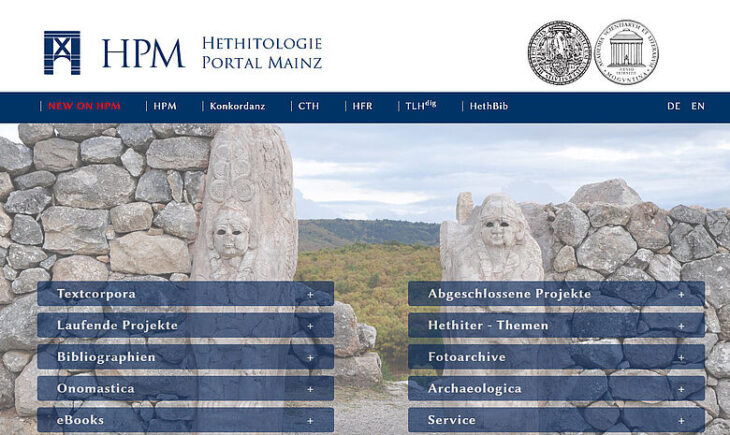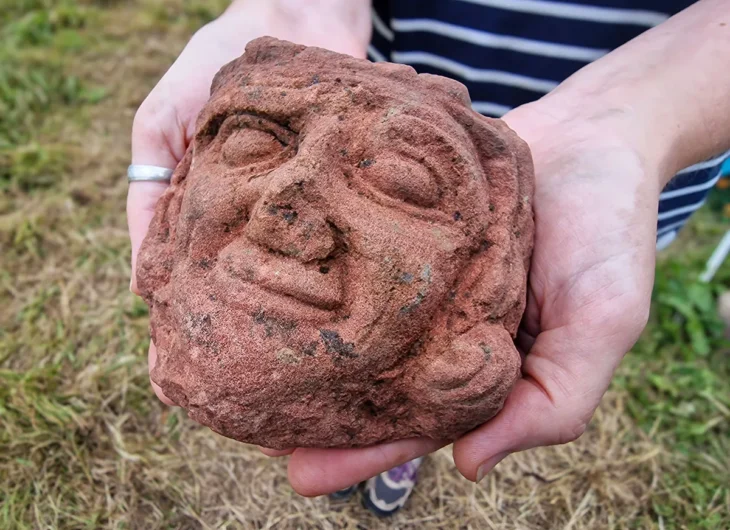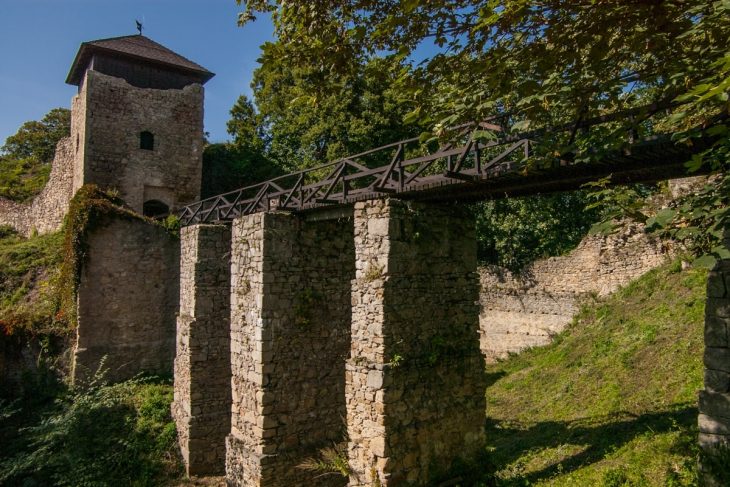Izmir Archeology Museum started to exhibit the unseen artifacts in its warehouses last month in the project that started under the name of “You Will See What You Don’t See”.
The works of this month that will be exhibited within the scope of the “You Will See What You Do Not See” project of the Izmir Archeology Museum are “Attic Red-Figured Dwarf Lekythos”.
Last month, the project was started with a wonderful bronze arch belonging to the Urartu period. The people of Izmir had the chance to see this 2800-year-old beautiful arch during the month of January.
İzmir Archeology Museum’s February guest, “Dwarf Lekythos with Attica Red Figures” were made to store oil and perfume and were produced by the method known as “red figure” in the Ancient Greek world. It was determined that these beautiful works on display were processed in the “Potters Bazaar” in Athens 2 thousand 600 years ago.
These works, made by ancient Greek artists, have been found from the Ancient City of Neonteikhos in Menemen and in the Seferihisar excavations. You will be able to see these unique works of art embellished with exquisite swans, Athenian women, and mythological depictions on them for a month.
📣 Our WhatsApp channel is now LIVE! Stay up-to-date with the latest news and updates, just click here to follow us on WhatsApp and never miss a thing!!
It is understood that these vessels, which are thought to have been brought to İzmir and its surroundings in the 5th or 6th century BC, were used by women belonging to the upper class and were buried with them after their deaths. It is in line with the traditions of the period that fragrant perfumes obtained from fragrant oils and flower essences are placed on a woman’s grave as a grave gift.

The works that prove the great interest in perfume and perfume bottles brought from distant lands throughout history will be presented to the visitors at the museum until the end of February.
İzmir Archeology Museum Director Hünkar Keser told AA correspondent Mehmet Emin Mengüarslan that there are 180 thousand artifacts in the museum, that they can display only 5 percent of these works, and that they preserve many valuable pieces in the warehouse.
Reminding that they exhibited the princess arch that reflects the 2,800-year-old Urartu culture of the Van region in January, Keser said that the second step of the project named “You Will See What You Don’t See” is imported perfume bottles.
“In February, we are bringing our visitors together with Attica Red Figured Dwarf Lekythos. These works were painted by the master artists of the period. It was produced from the 6th century BC. Special production works. They have imported the works they painted with their superior artistic understanding to the Aegean Region. More herbal scents have been sent. It is not too big, as it very valuable perfumes and oils, but imported in smaller containers. In these containers, the technique of painting black over the red color of the ceramic was used. Painters produced works very close to human skin color and anatomy. They dealt with both mythological and everyday subjects in their works. ”
Keser stated that there are very few red-figure works that have survived until today, “Precious scents are rare, but the work of an artist who lived before Christ is invaluable.” she said.
Hünkar Keser stated that the artifacts may have come to the port with a merchant who held the load, or they might have been brought in as a souvenir.

